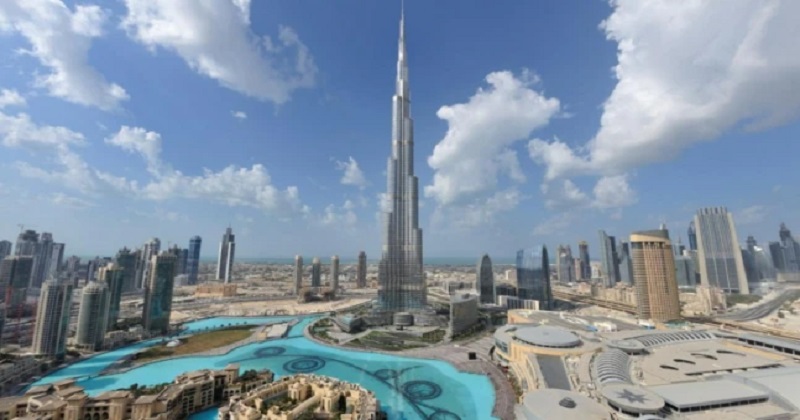
Sheikh Khalifa bin Zayed Al Nahyan, the long-ailing President of the United Arab Emirates and ruler of Abu Dhabi, died at the age of 73, after fighting sickness for several years. The president of the oil-rich Gulf state, who was seldom seen in public, would almost certainly be succeeded by his half-brother, Abu Dhabi Crown Prince Mohammed bin Zayed, who is already regarded as the UAE’s de facto ruler, overseeing the state’s day-to-day operations.
Sheikh Khalifa, as President of the UAE, has presided over substantial restructurings of both the federal administration and the government of Abu Dhabi. According to the Khaleej Times, the UAE enjoyed faster development under him, assuring a fair life for the country’s inhabitants. He oversaw the expansion of the oil and gas industry, as well as downstream sectors, which contributed to the country’s economic diversification. He conducted extensive trips around the UAE to examine the requirements of the northern Emirates, during which he granted orders to build a variety of projects connected to housing, education, and social services.
The Burj Khalifa is one building that has properly immortalised this lofty leader. The name of the world’s tallest and maybe most recognisable structure was changed to Burj Khalifa when the President bailed out debt-ridden Dubai during its financial crisis over a decade ago. When Dubai was rocked by the global financial crisis in 2009, Sheikh Khalifa stepped in and handed a multibillion-dollar lifeline to the debt-ridden city. As a gesture of thanks, Dubai’s ruler, Sheikh Mohammed bin Rashid Al-Maktoum, declared that the world’s highest structure, the Burj Khalifa, would be named after the president.
Sheikh Khalifa became the United Arab Emirates’ second president in November 2004, following his father as the 16th ruler of Abu Dhabi, the richest of the federation’s seven emirates. Sheikh Khalifa’s position has been mostly ceremonial since 2014, when he suffered a stroke and underwent surgery. His public appearances grew few and far between.
The UAE, a former British protectorate created in 1971, has grown from a desert outpost to a thriving state in its short existence, fueled by its oil wealth and Dubai’s spectacular growth as a trade and financial centre. The bearded Sheikh Khalifa, who had no formal further education, headed the UAE while Dubai flourished as a tourism and commercial centre and Abu Dhabi produced oil as an OPEC participant.
Sheikh Khalifa held many posts until becoming the UAE Armed Forces’ Deputy Commander in 1976. Sheikh Khalifa succeeded his father Sheikh Zayed as ruler of Abu Dhabi and President of the UAE in November 2004. The country, which has a population of over 10 million people, has also participated in military engagements in Libya and Yemen, and has broken ranks with much of the Arab world in order to establish connections with Israel in 2020.

Post Your Comments